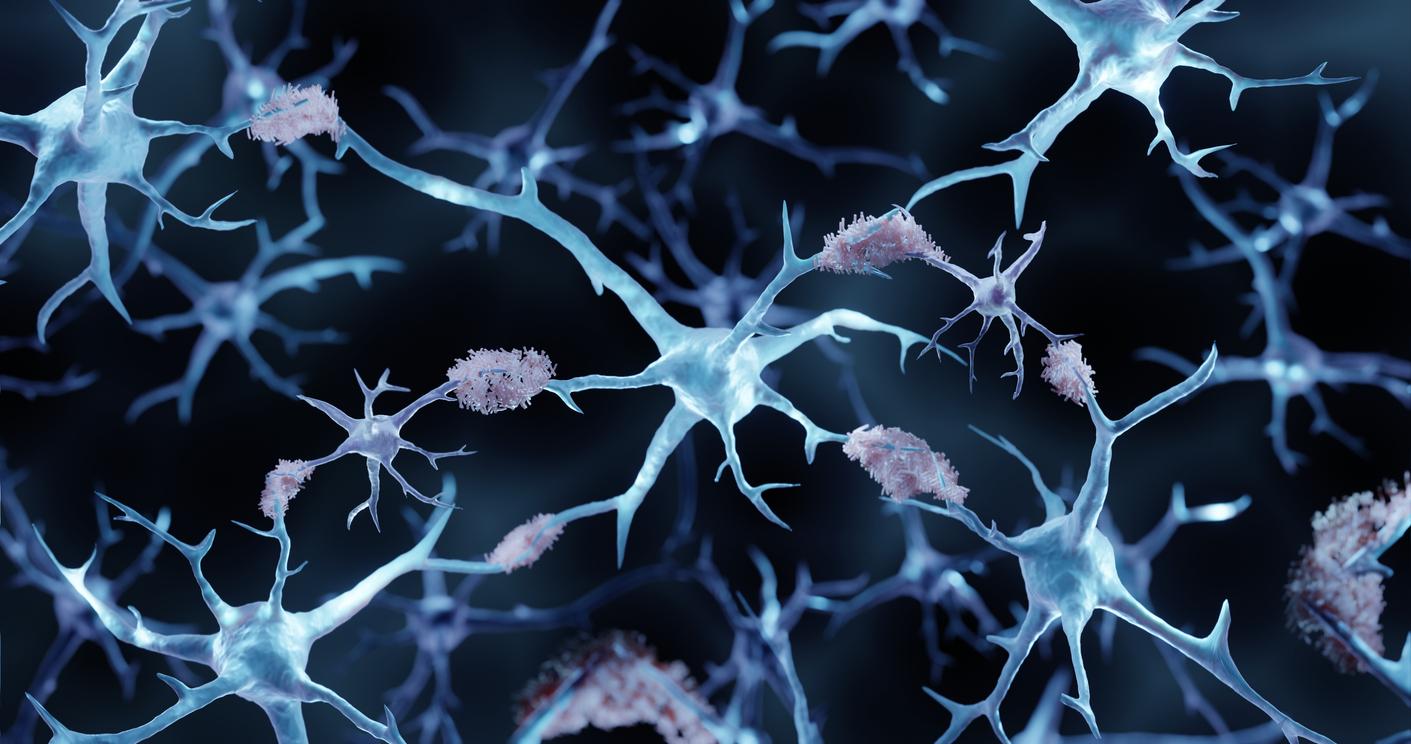Stem cells are unique cells in the bone marrow or blood which can develop into red blood cells, white blood cells, and platelets. The purpose of treatments such as radiation and chemotherapy is destroying cancer cells. Unfortunately, bone marrow and other healthy cells are damaged in this process. In an autologous stem cell transplant, bone marrow stem cells are removed from the patient’s body prior to cancer treatment to protect them.
Stem cells can be collected in two ways. In the first method, they are obtained from blood. For this procedure, medication is administered a few days before collection to encourage the stem cells to move from the bone marrow into the blood. Blood is drawn from an arm and passed through a cell separator, a device in which the stem cells are removed. The remaining blood components are returned through the catheter into the other arm.
If this method does not yield enough stem cells, they can be taken directly from the bone marrow. This is done with a special syringe that is inserted into the hip bone. Stem cells can be recovered from the bone marrow thus collected.
Once the stem cells have been collected from the blood, they are frozen. After cancer therapy, the stem cells are thawed and aspirated into a syringe for insertion into the body through a central line. In the first two weeks after the procedure, the immune system is heavily taxed and transfusions of platelets and red blood cells are required. During that time, the stem cells start producing new blood cells and repairing bone marrow. The patient should be closely monitored to ensure that the bone marrow and immune system function effectively.
















